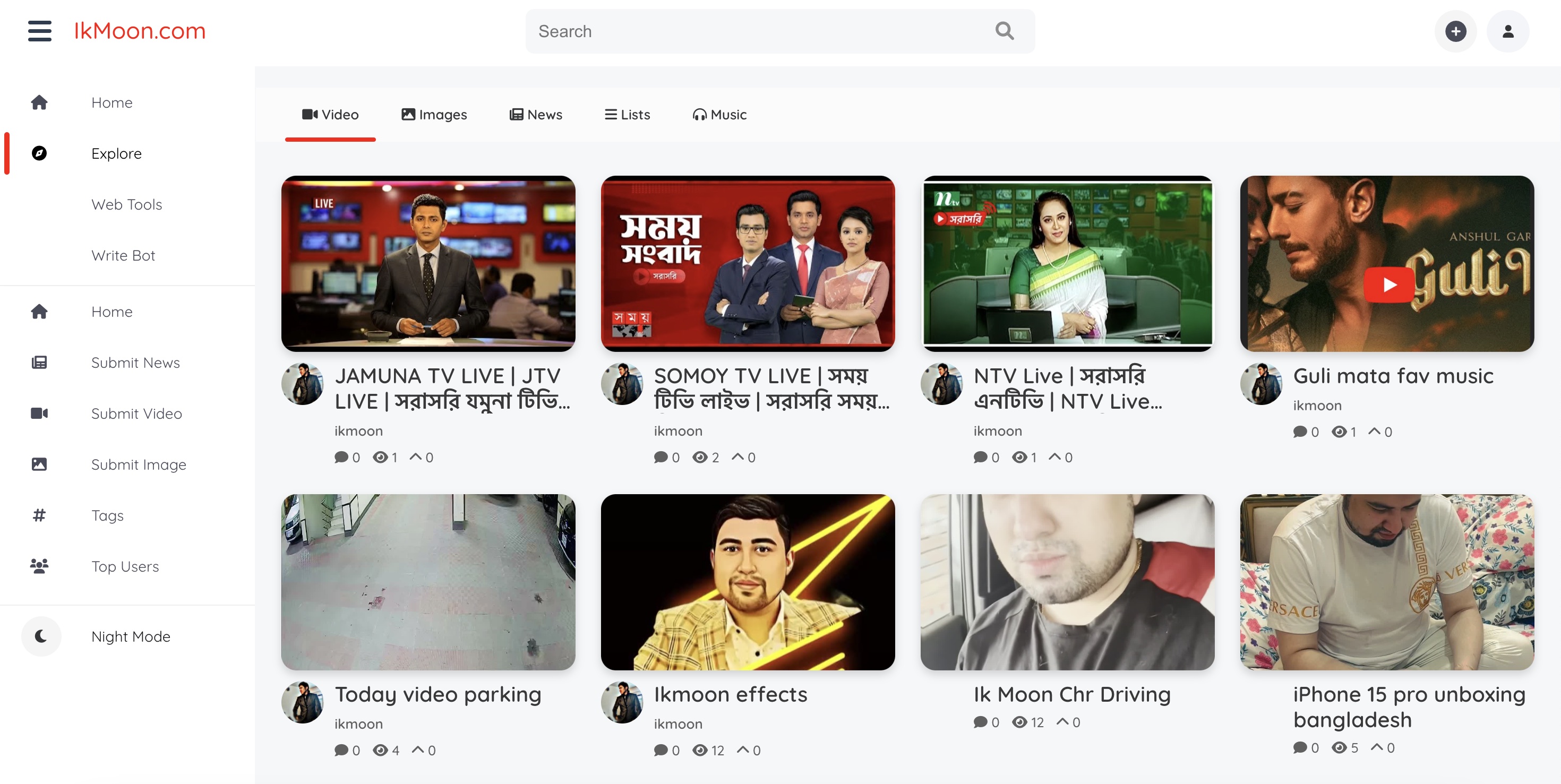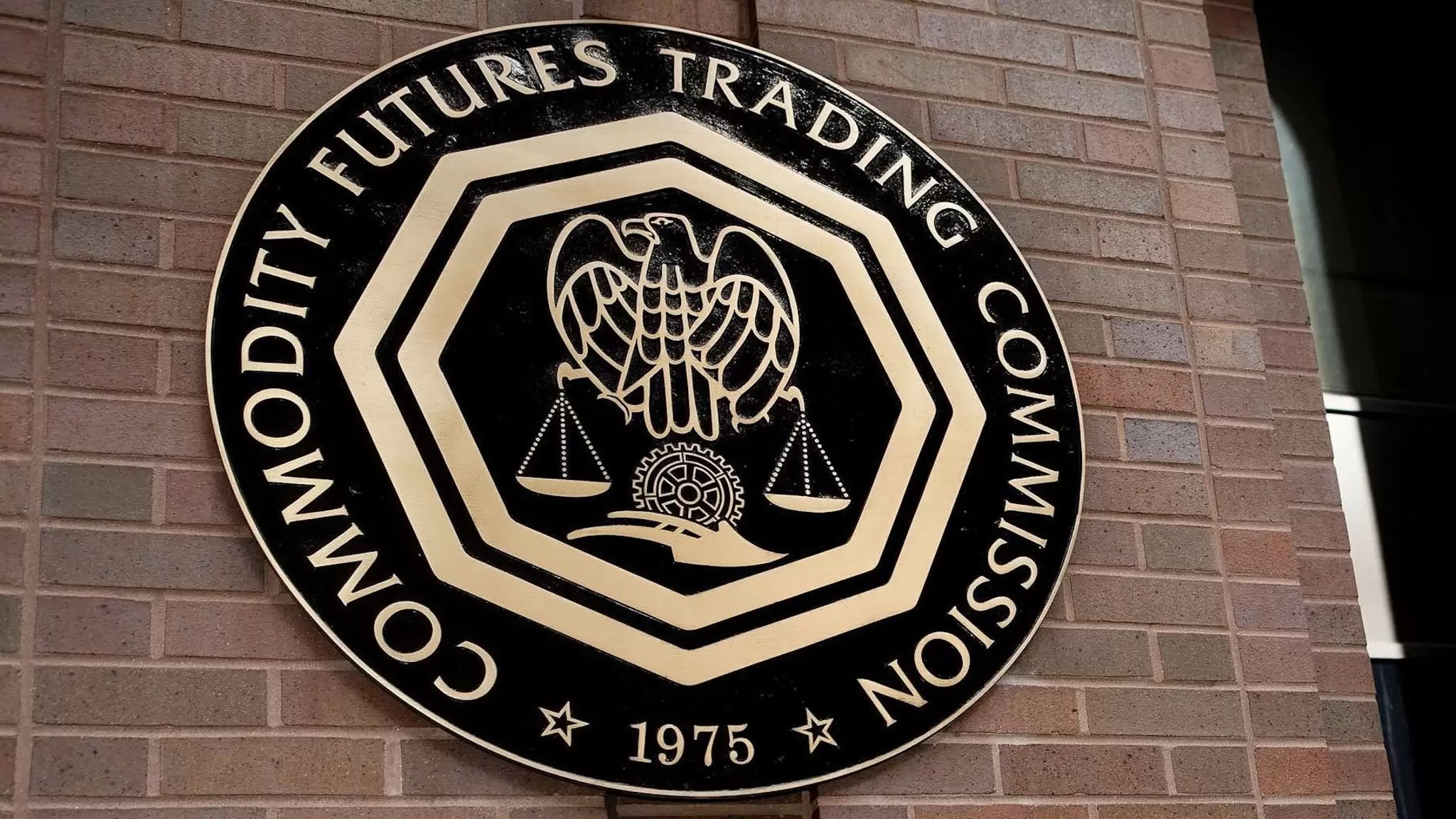Bitcoin Layer 2: Lightning Network
The post Bitcoin Layer 2: Lightning Network appeared on BitcoinEthereumNews.com. Bitcoin Magazine Bitcoin Layer 2: Lightning Network The Lightning Network is a routed network of payment channels originally proposed by Thaddeus Dryja and Joseph Poon in 2015, with major implementations having been built by Blockstream (CLN), Lightning Labs (LND), ACINQ (Eclair), and Spiral (LDK). Payment channels are an old concept in Bitcoin, where a user deposited funds into a 2-of-2 multisig address, and a payer can pre-sign transactions allocating more and more funds to a receiver. Original payment channels were one way, and had expiry times before which the receiver must close the channel before a pre-signed refund transaction would allow the payer to reclaim 100% of the funds they had allocated to the payment channel. The two major innovations of the Lightning Network are a type of payment channel that isn’t limited to being unidirectional and having a hard expiration date, and the concept of using Hash-timelock Contracts (HTLCs) in order to atomically route payments across multiple payment channels. The major drawback of Lightning, and payment channels in general, is the liquidity dynamics inherent to them. In order to receive money, users must already have a payment channel open to them with enough funds allocated to facilitate that payment. In order for payments to be routed across the network, every channel must have the appropriate amount of funds on the appropriate side of the channel in order to forward that payment. Despite these drawbacks, Lightning has seen major success in use and growth since 2018 when it first went live on the Bitcoin network. Poon-Dryja Channels The key problem in going from a time-limited, unidirectional payment channel to one that is not time limited and bidirectional boils down to one problem: once you create a transaction and sign it there is no way to unmake it, or take it…

The post Bitcoin Layer 2: Lightning Network appeared on BitcoinEthereumNews.com.
Bitcoin Magazine Bitcoin Layer 2: Lightning Network The Lightning Network is a routed network of payment channels originally proposed by Thaddeus Dryja and Joseph Poon in 2015, with major implementations having been built by Blockstream (CLN), Lightning Labs (LND), ACINQ (Eclair), and Spiral (LDK). Payment channels are an old concept in Bitcoin, where a user deposited funds into a 2-of-2 multisig address, and a payer can pre-sign transactions allocating more and more funds to a receiver. Original payment channels were one way, and had expiry times before which the receiver must close the channel before a pre-signed refund transaction would allow the payer to reclaim 100% of the funds they had allocated to the payment channel. The two major innovations of the Lightning Network are a type of payment channel that isn’t limited to being unidirectional and having a hard expiration date, and the concept of using Hash-timelock Contracts (HTLCs) in order to atomically route payments across multiple payment channels. The major drawback of Lightning, and payment channels in general, is the liquidity dynamics inherent to them. In order to receive money, users must already have a payment channel open to them with enough funds allocated to facilitate that payment. In order for payments to be routed across the network, every channel must have the appropriate amount of funds on the appropriate side of the channel in order to forward that payment. Despite these drawbacks, Lightning has seen major success in use and growth since 2018 when it first went live on the Bitcoin network. Poon-Dryja Channels The key problem in going from a time-limited, unidirectional payment channel to one that is not time limited and bidirectional boils down to one problem: once you create a transaction and sign it there is no way to unmake it, or take it…
What's Your Reaction?






































